Spinning fishing has always been and remains one of the most adrenaline-filled and popular hobbies. Tackles and fishing tactics are constantly being improved: whatever one may say, there are less and less fish in natural reservoirs, it becomes more and more difficult to get it. But, despite the emergence of new artificial lures such as wobblers and silicones, trolling does not give up its own positions. This piece of equipment is at least a dozen centuries old, but it is still relevant.
Today we will introduce you to the widest range of modifications of this “immortal” bait, we will comprehend the basics of their use in spinning fishing. In this publication you will find a lot of practical advice from experienced anglers on the choice and use of lures in various conditions. By the way, did you know that this bait correlates not only with spinning? And this is not the only discovery awaiting you upon a careful reading of this article.
Here is an overview of the content of this tutorial, feel free to jump to any section you care about:
For more fishing instructions, take a look at these popular Trizily links: Best Fishing Kayaks, Best Fishing Lines.
- How To Determine The Age Of A Fish
- How To Tie A Balancer Winter Fishing Lure
- Fishing With Balancer Winter Fishing Lure
Lure description
Spoons are called artificial lures of a characteristic shape, made of metal. Outwardly, they resemble miniature fish, less often – other representatives of the freshwater fauna, and sometimes even insects. They are equipped with powerful double or triple hooks and are attached to the leash or directly to the cord through a special ring. For rotating models, the use of a swivel is highly desirable to prevent twisting of the rig.
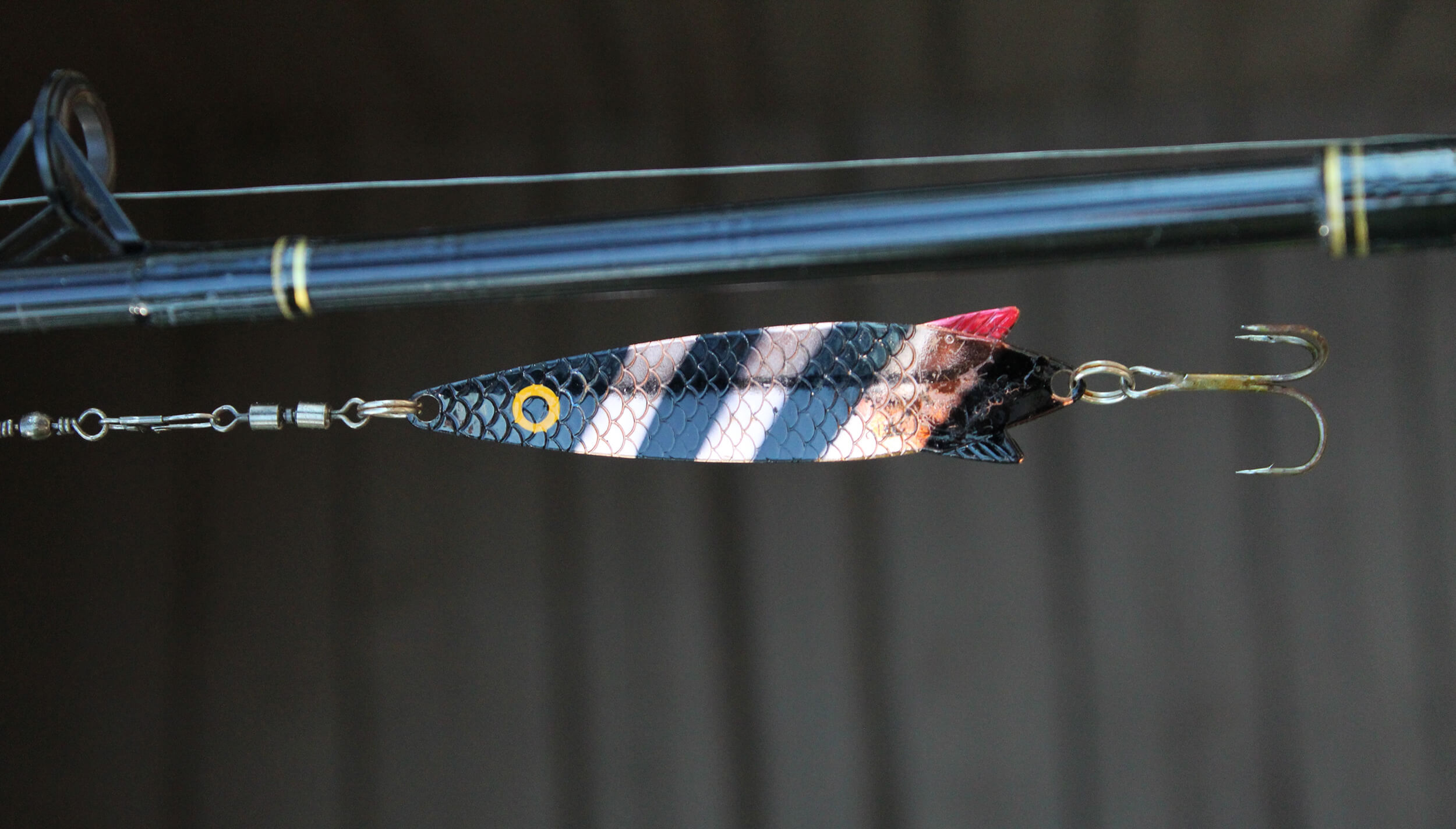
Catching a predator with baits has been hunted since time immemorial, when they could not even think about spinning and lures made of artificial polymers. The first baits of this type were found in cultural layers dating back to the Paleolithic era, they were actively used about a thousand years ago!
The advantages of this bait include:
- All-seasonality . Contrary to popular belief, lures of this type are actively used not only in open water, but also for ice fishing in winter.
- Ease of mastering the postings . Basic wiring is easy to master, especially if the training is carried out on a clean bottom, away from snags and thickets. Any lure can be driven evenly in different water horizons, but for oscillating models, more complex uneven postings are often used, up to twitching and jigging “steps”.
- Relative availability . A fairly catchy model with a similar manufacturer’s name is much cheaper than a wobbler. Yes, silicones are usually even cheaper, but they are not durable.
- Durability . Spoons are cast from metal and apply a special coating on them by various methods (galvanization, high-tech painting). As a result, even the sharp tusks of pike perch or pike “saws” rarely cause mechanical damage to the baits.
- Effectiveness for any predator . There is no predator that cannot be caught with this bait. The main thing is to choose it correctly, submit it and hold it close to the place of its deployment. Pike, perch, pike perch, asp, chub – in a word, the entire spectrum of freshwater hunters will not remain indifferent to its seductive brilliance.
Of the disadvantages of trolling, there is, perhaps, a high risk of losing the bait, but the same can be said about other open hook lures.
Types of lure
Most of the uninitiated associate this lure exclusively with spinning, but in practice the range of its application is much wider. For example, our ancestors, who had no idea about modern tackle, successfully fished in the vertical way or on the “track”.
Nowadays there are three main directions of lure:
- Sheer . In this case, fishing is carried out vertically, from a steep bank or boat, using a short blank of any type, for example, a fishing rod. This method is especially effective when fishing from a steep bank at considerable depths, as well as in clear water windows surrounded by vegetation. When fishing on ice, this is generally the only option for feeding the bait.
- “Path” or trolling . “Path” – a method of fishing from the board of a moving craft: the boat moves either downstream or with the help of oars. This option is effective with a fairly flat bottom without tall vegetation and significant depths (about 5-6 m). Trolling is considered a descendant of the good old “track” . In this case, the rod is attached to the side or stern of the motorized craft. Excellent results are obtained by fishing with a spinning lure that works effectively on a uniform line.
- Spinning . Before us is the most common tackle for using this type of bait. Wiring of the lure is possible both uniform and uneven in all variations, on any water horizons, from the bottom layer to the surface.
The efficiency of lure largely depends on the correct choice of the bait model, which we will now talk about.
Oscillators
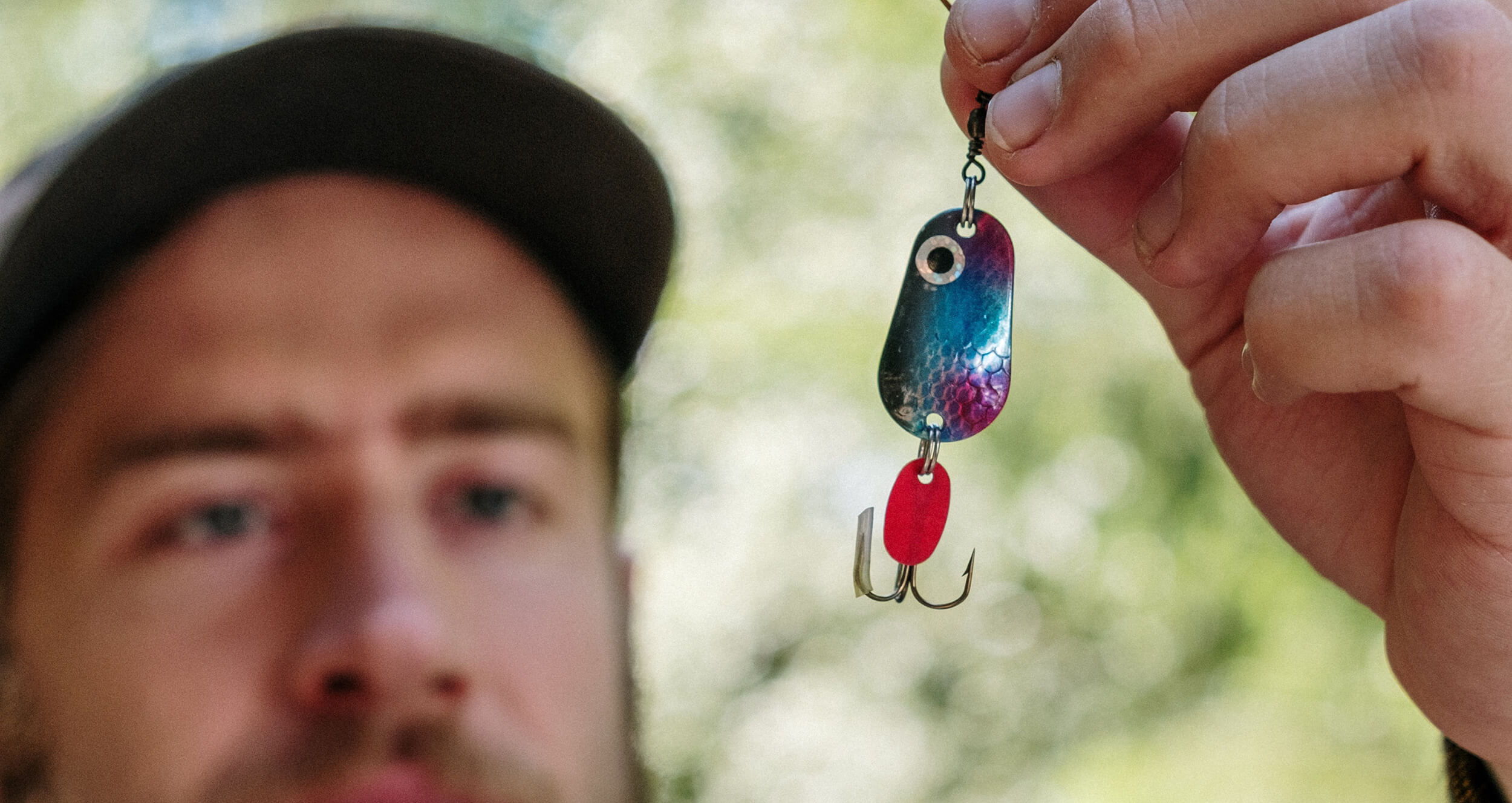
Oscillating lures are the progenitors of all lures of this type. Their design, at first glance, is simple: a metal plate (usually made of stainless steel or brass) of an oblong and slightly curved shape. At one end there is a hole with a ring for attaching to the fishing line, at the other – a similar ring with a tee hook mounted on it.
A “tail” made of artificial polymer can be put on the back ring: on the one hand, it masks the hook, on the other, it makes the bait even more like a live fish. The lure can be painted in any color, coated with a fluorescent composition and have characteristic notches on the surface that imitate scales.
During the posting, the bait vibrates slightly in the water, thereby attracting a predator. The nature of the vibrations depends not only on the wiring technique, but also on the shape of the plate. Large, heavy baits are caught mainly downstream, or they use accelerated tracking – otherwise they simply leave the working horizon to the bottom.
In the spring, the bait can be served almost on the surface, with the priority being the shallows well warmed up by the sun. In autumn, it is recommended to fish deep-water areas – during this period, the predator preparing for winter reacts especially well to an attractive metal “fish”.
Turntables
Spinning lures are a separate class of lures of this type, a kind of evolution of “spoons”. Their design is more complex. It is based on a rod on which a metal petal is freely fixed. Due to the lightness of the design, the load is applied directly to the bait (back or front). The spinner is equipped with a “double” or “tee”, which is often masked by a “tail” made of artificial or natural fibers or similar soft materials.
The color and shape of the base-weight petal can be any. The most popular are the following types of turntables: “long”, “aglia”, “comet”.
The main advantage of the turntables is their excellent performance on primitive, uniform wiring. During its course, the petal rotates around the axis at a fixed angle and creates vibrations of water, which is recognized by the predator as a marker of potential prey from sufficiently large distances. This is especially important if you do not know the exact location of a pike, humpback perch or other ambush predator, as well as when fishing in troubled water.
Another advantage of the spinner is the possibility of re-equipment: you can add or remove a petal, add or unload the bait, which allows you to use the same spoon in different fishing conditions.
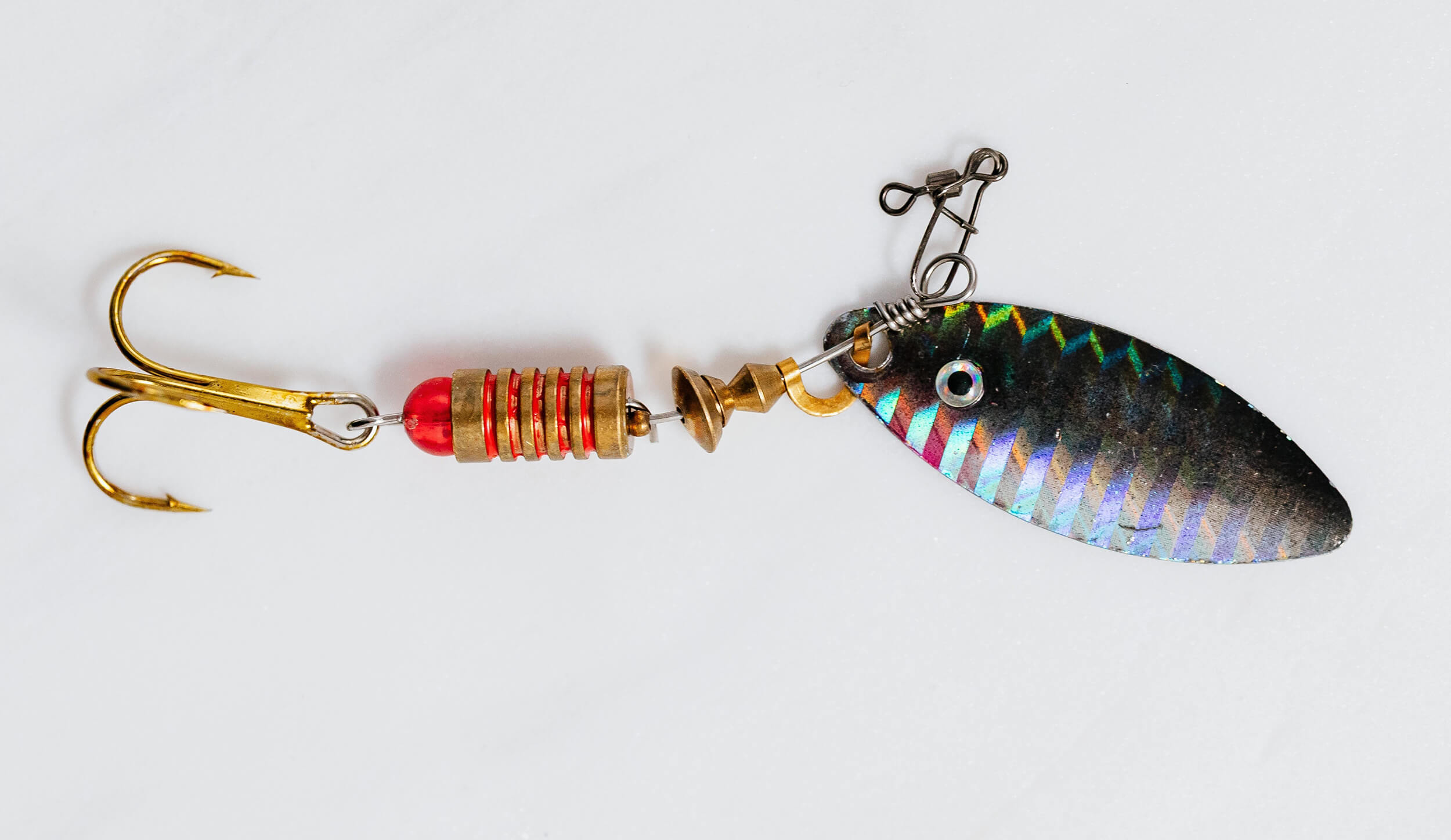
Acoustic baubles
Acoustic lures are not a separate class of lures, but a modification of the aforementioned spinners and spoons. They can have all sorts of design solutions, but they all have one thing in common: the presence of a module that provides additional sound effects.
Turntables create additional noise effects when a massive petal comes into contact with the body of the bait, which is achieved by its freer movement during operation. Sound vibrators consist of two similar plates that contact each other during wiring and emit a characteristic ringing. Other options are also possible, with a special acoustic chamber inside the body of the bait. By the way, interesting shackles for burbot are made of silver – this fish is especially partial to the clear ringing of the noble metal.
There has long been a heated debate about the effectiveness of acoustic lures. On the one hand, the same pike is very curious and additional noise and splashing can attract it even during the period of summer passivity. On the other hand, unusual sounds can be dangerous, and a fearful predator will try to avoid them. It all depends on the personality of the pike. But small perch will go well for acoustics. However, as with any other suitable size spoon – you can catch it without any special frills.
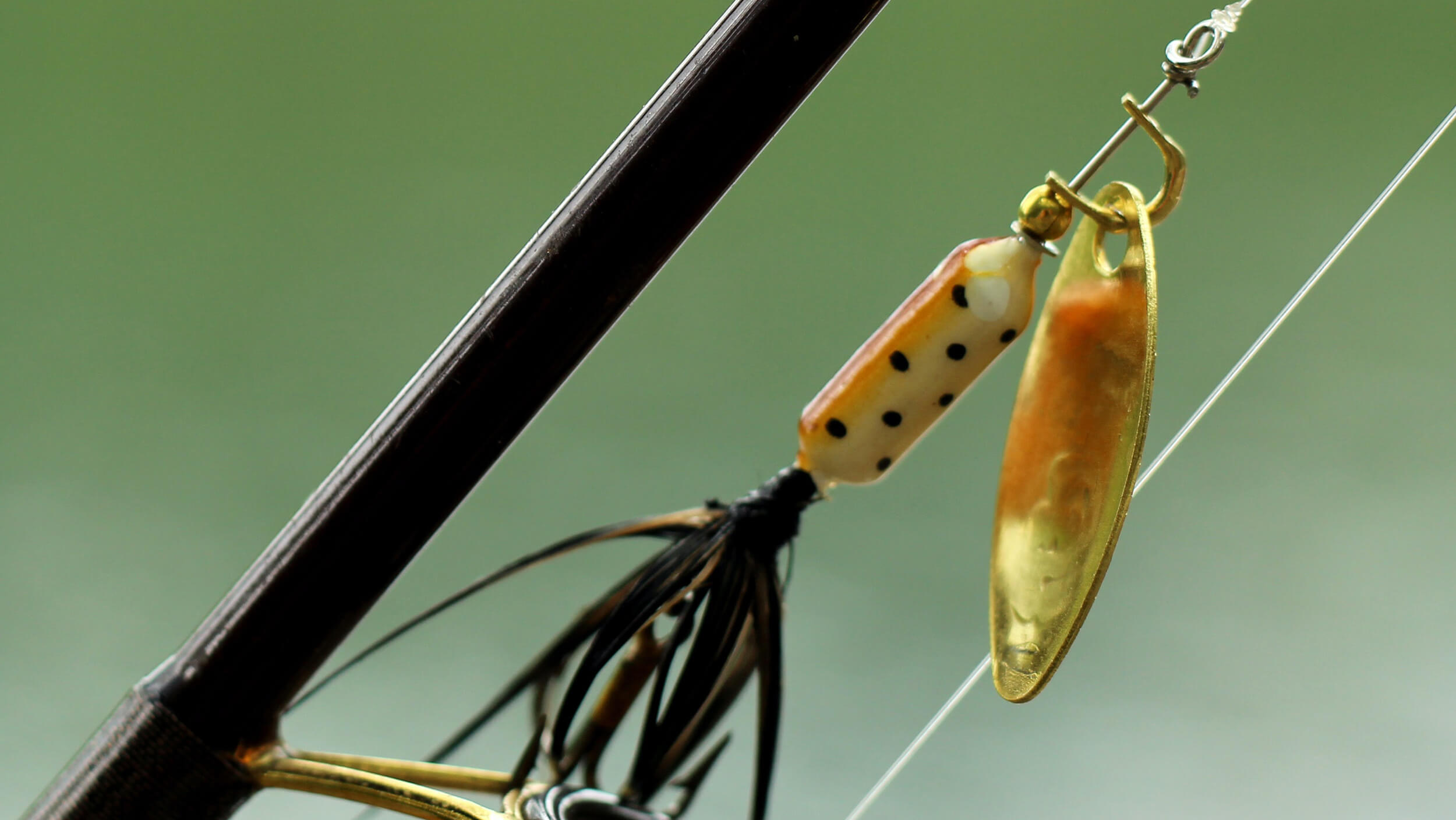
Jigs
Jig is a kind of narrow-bodied shaker. The classic ratio of width to length is 1: 6. In cross-section, the bait can be an oval, circle, square or hexagon. A decent weight in combination with a sweeping body allows you to quickly feed the bait into the working horizon and keep it there during the drive.
This is a fairly well-deserved bait, which was successfully used initially in sea fishing. Specially for trolling and sea jig, jigs up to a kilogram in weight were created!
As practice has shown, the use of this lure in a greatly reduced form is also productive for catching a freshwater predator. Often, jigs are used when fishing in a plumb line, but they show themselves well on stepped fishing. Their indisputable advantage is their record-breaking range: if ultra-long casting is required, a jig is the ideal option.
For pike-perch fishing, lure-spoons with a front load are optimal. The lures, which are, in fact, a cut of a metal rod, are distinguished by their record catchability. The famous “Castmasters”, which appeared in the series almost a century ago and have not lost their relevance, also belong to this category.
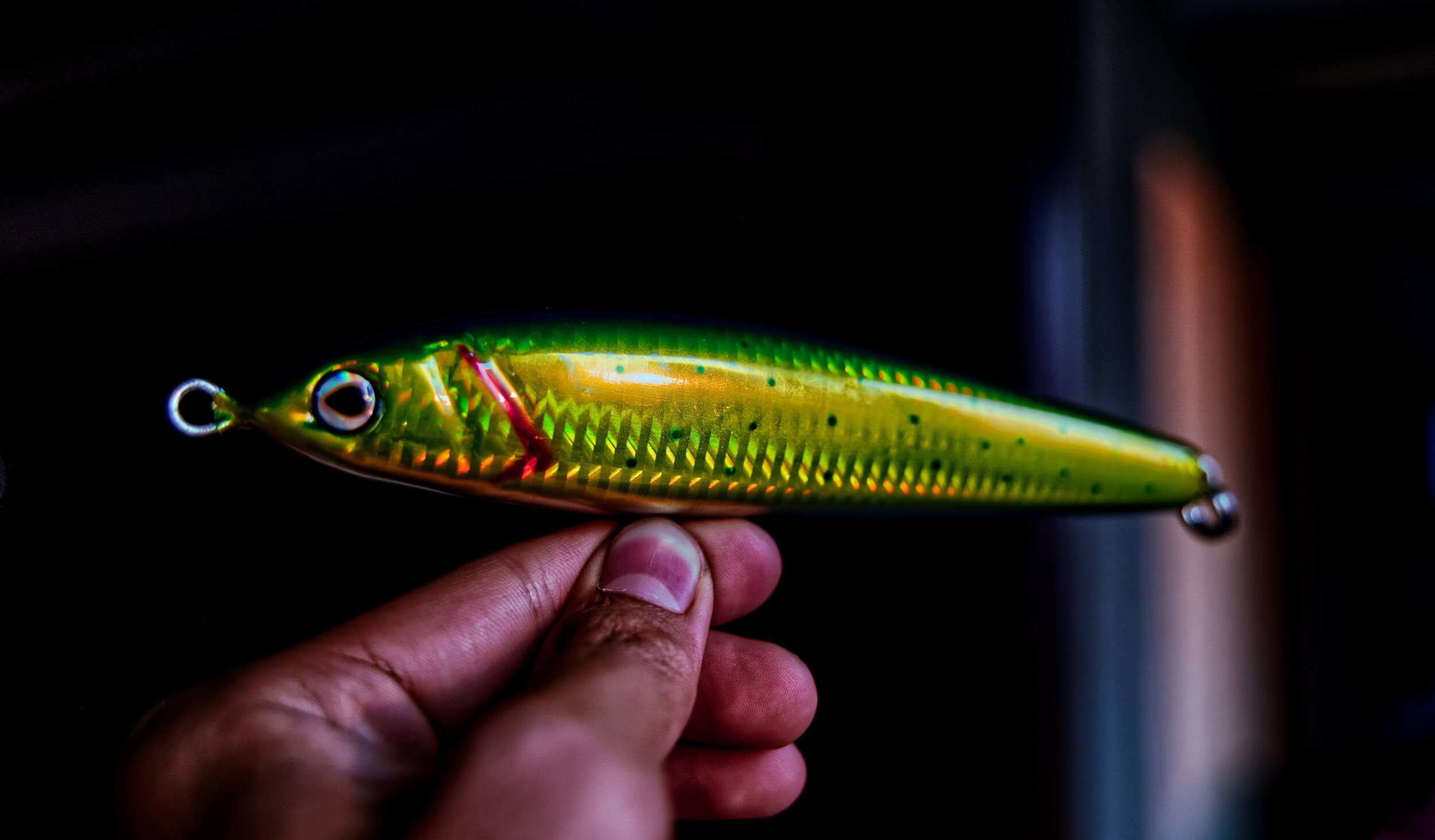
Without engaging
The predator stands in ambush not where it is more convenient to catch it, but where it can comfortably hide and track down potential prey. Therefore, fishing (in the thickets, on the coiled bottom, on the algae) is fraught with hooks and the risk of losing your rig. In this regard, “non-hooks” were invented especially for fishing from the shore.
In fact, we have before us the well-known oscillators and turntables of a somewhat improved design, which increases cross-country ability. As a rule, a single or double hook is installed on them, since it is problematic to protect the tee. The most common is the protection of the hooks with wire tendrils that deflect from the sting when in contact with the mouth of a predator. It can be installed on any type of spoon. The use of soft polymers is also relevant, opening the stings only when pressed firmly.
An interesting option is the non-engaging vibrators with a built-in magnet: during the posting, the hook remains “stuck” to the body of the bait, being released already when biting.
Trolling rod
If you are seriously keen on catching a large predator, we propose to consider an interesting option, which at a stretch can be attributed to turntables. Trolling rods, invented at the end of the century before last in England, are also sharpened for rotation, but structurally arranged in a completely different way. The characteristic shape dictates its own conditions: this type of bait is caught only by trolling or even wiring.
The classic trolling rod has an elongated metal body and resembles a miniature torpedo. In the front or back of the bait, there are multidirectional blades that make it rotate. Upgraded models can have two sets of blades on independently bearing parts. Such models minimize the main problem of the trolling rod – when fishing, the rig is constantly twisted. The use of a swivel in all variants is not recommended, but necessary.
Trolling rods work great in all horizons on a uniform drive and are great for trolling. They are characterized by champion casting range, second only to jigs in this parameter. When working, they leave behind a foaming tail and emit a gurgle that attracts a predator.
Unfortunately, these lures are not cheap and require regular maintenance, which is especially necessary when there are moving parts.
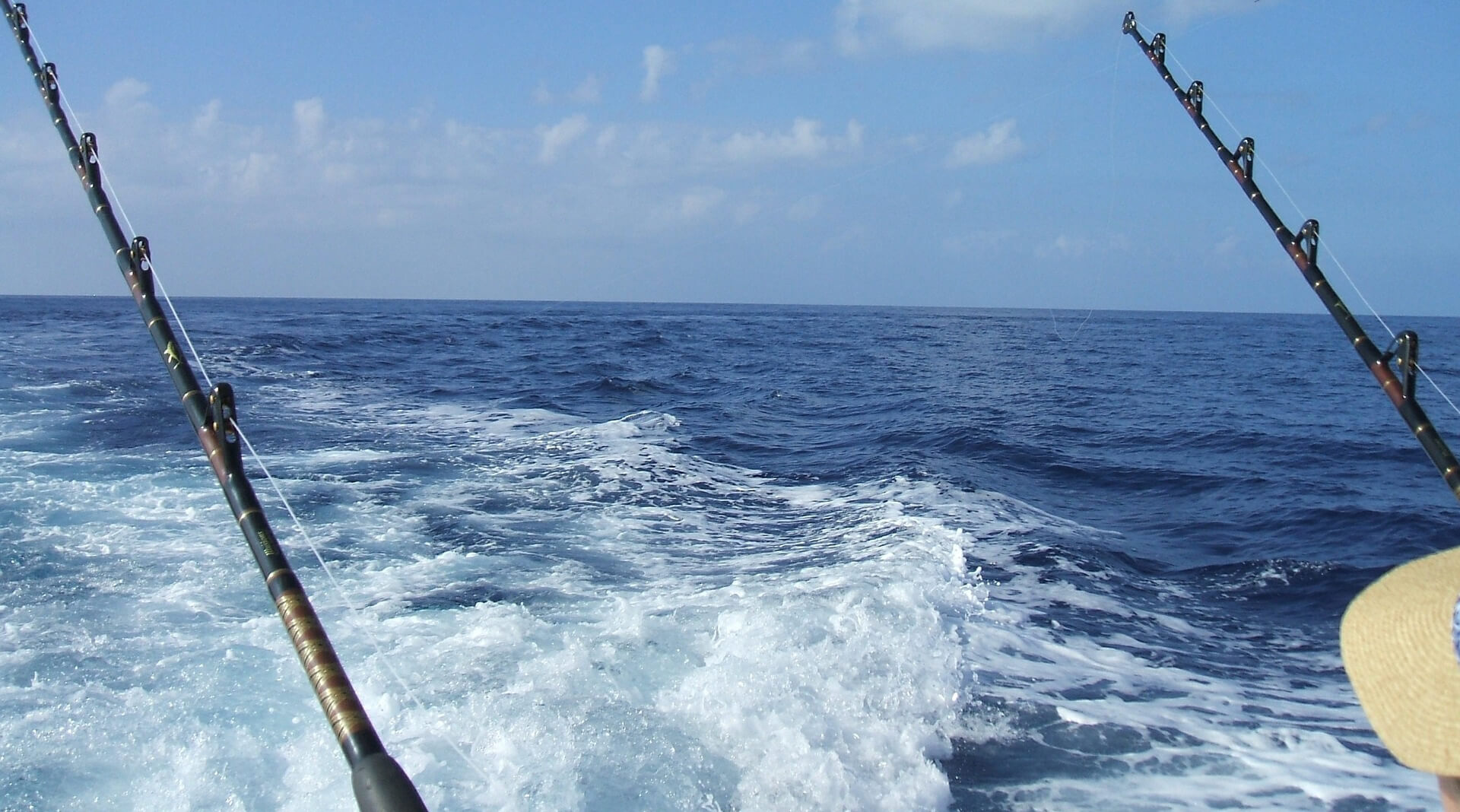
Vertical lures
Vertical lures are not very suitable for horizontal guidance: they fish mainly in a plumb line. For vertical lure, mainly narrow-bodied models with a different number of hooks are used. Most often, vertical models are equipped with deafly soldered single seals and twins, but an anchor on a ring or even a chain can be used. All kinds of “decorations” are often hung on the hook: colored beads, threads or cambric, which is especially important for winter fishing.
An example of a vertical lure is the aforementioned jigs, however, the variety of these lures is not limited only by them. These can be shaped like a willow leaf, a carnation, a dovetail, and so on.
The lure is chosen depending on the style of vertical wiring. Active lure involves the maximum deviation of the lure from the vertical, therefore good windage is important. The blows of the spoon on the bottom should be intelligible and, preferably, raise a cloud of silt – this means that a heavy bait is relevant. Fishing of all horizons resembles a jig step, therefore, a bait of the appropriate shape is needed.
Spinning equipment
When choosing accessories, the main focus is on the characteristics of the bait. The parameters of the blank and other components of the equipment depend on the weight and configuration of the spoon.
So, you will need:
- Rod . Trolling can be done using absolutely any spinning or casting blank. The blank test is selected for a specific spoon (its weight). For beginners, you can recommend medium-light forms or “mediums” their range of application is as wide as possible. The speed of transfer along the “bait-blank” route directly depends on the action of the rod – at first we stop at medium-fast or medium. In all cases, it is better not to save too much on a rod – take a carbon fiber or composite blank from a trusted manufacturer. Pay attention to the quality and smoothness of the guides, the strength of the reel seat, the grip of the handle.
- Reel . It is definitely worth taking a spinning reel with a spool from 2000 to 4000, depending on the thickness and length of the main line. However, reels of such a capacity can be safely called universal, which is what we need. Other requirements are reliability of the mechanism, strength of the body, acceptable quality of laying the fishing line, the presence of a friction clutch .
- Fishing line . As the main line, you can use either the usual monofilament or a braided cord. For even guides and short distances, both options are acceptable. For long distances, braid is definitely better suited: the extensibility of the monofilament in this case turns into a tangible drawback, which negatively affects the quality of animation and the speed of response to a bite. It should be borne in mind that for catching perch, a cord 0.1 mm thick is enough, and for pike – one and a half to two times the diameter. Rule of thumb: when using monofilament, double the thickness of the cord and you will get approximately the same breaking load.
- Leash . The need for a leash arises only when hunting for pike. The cheapest option is a steel leash, well, a titanium, Kevlar or special leash material is much better. For a passive predator, it is rational to use fluorocarbon, not so strong, but hardly noticeable in water.
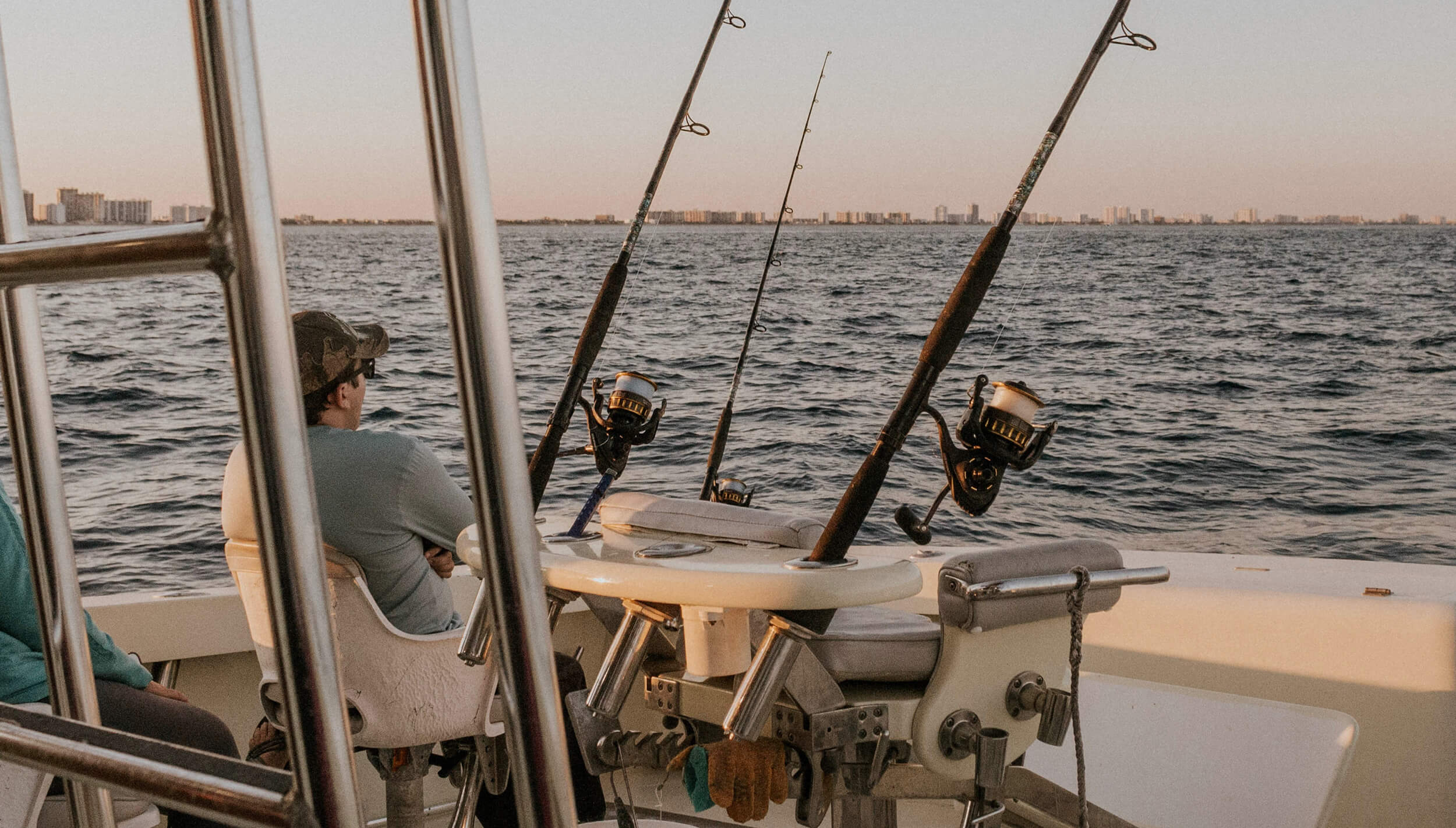
Basic wiring
None of the most expensive and catchy lures will attract a predator if the angler is not able to feed it correctly. Experienced spinners claim that there are no bad lures, there is only an inability to choose a style for a specific bait and fishing conditions. Each spinning player develops his own style for each spoon from his own arsenal, and we will describe only the basic techniques:
- Uniform . This type of harness is characterized by extreme simplicity and is ideal for the first steps in the development of spinning. The turntables are held extremely evenly. We rotate the reel handle at the same rate, the bait goes in a straight line, without takeoffs and deepenings.
- Uneven . Uneven lead provides for a change in pace due to slowing / accelerating the winding of the line, pauses or manipulations with the rod. Strictly speaking, all the options described below are uneven.
- Step . Stepped wiring is most inherent in jig fishing , but this way you can also animate a jig. The bait is thrown into a promising place, then accelerated winding follows in the form of 2-3 turns of the reel (the spoon soars up), then there is a pause (the spoon goes down to the lower horizon again). You can also form a step by swinging the rod upward (when the blank is lowered to the horizon, the bait deepens and the slack of the fishing line is selected).
- Wavy . Another option for lure fishing of any type: the wave-like wiring is a kind of uniform evolution. The reeling goes at the same pace, but the blank makes smooth movements from side to side, giving the bait a wave-like trajectory.
- Twitching . The most difficult of all postings, focused primarily on wobblers of the minnow class, however, you can twitch and twitch. Sharp swings of the rod to the side / downward force the lure to move in jerks. When twitching, there are no pauses at all, or they are very short-lived, therefore, the line is reeled up simultaneously with the work of the blank.
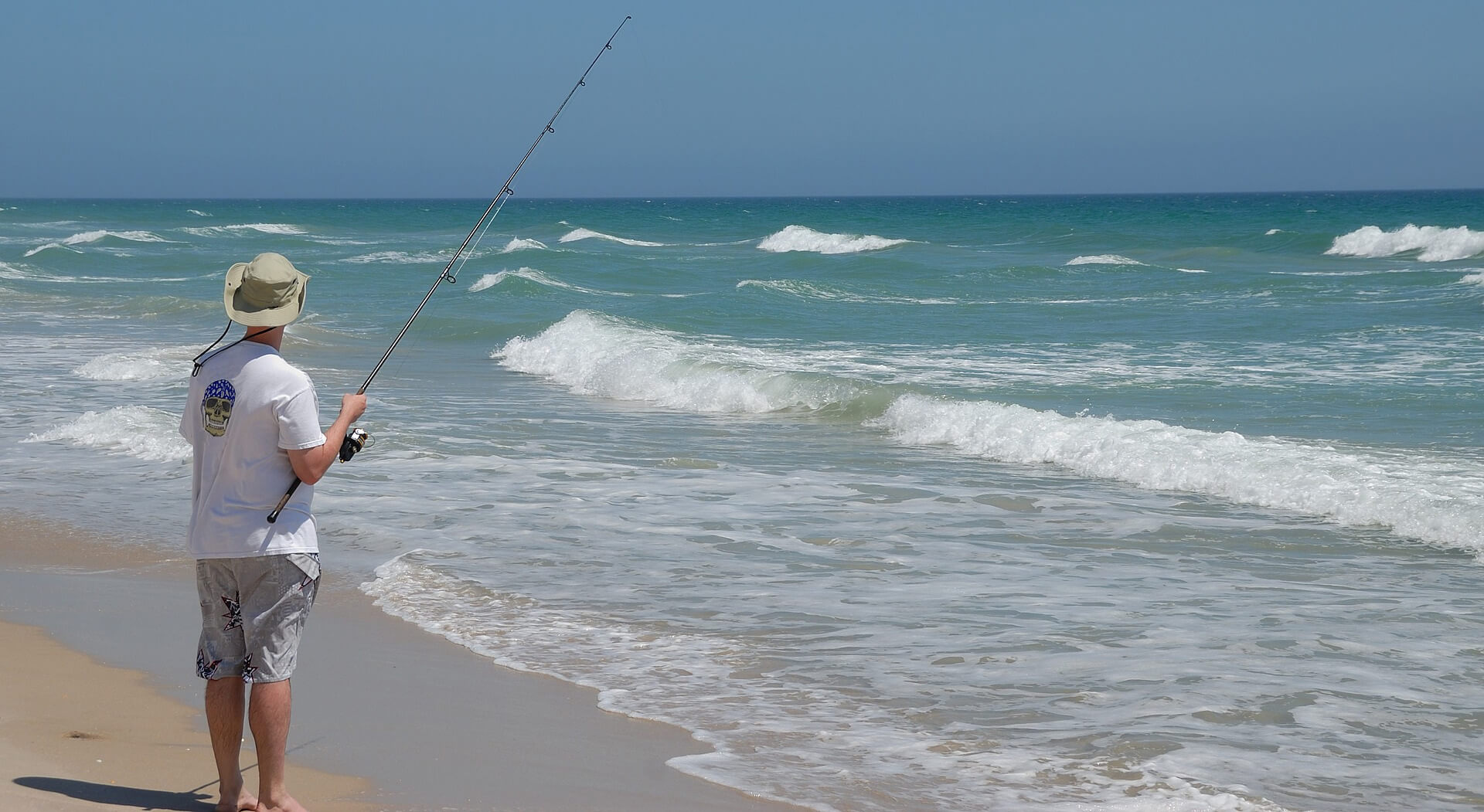
Fishing of various types of fish
In different bodies of water, fish of the same species can demonstrate different patterns of behavior, so the recommendations are generalized:
- Pike . During the spring gluttony, the “live torpedo” with excitement chases after large turntables feeding in the upper horizons of the water. In the summer, she begins to be lazy and it is advisable to use smaller spinners. A steep supply of clean water to the windows is relevant. In autumn, with a cold snap, the predator is caught with both types of spoons, but fishing becomes unpredictable. We remind you that a metal or Kevlar leash must be included in the rig.
- Perch . In all seasons, he prefers small spoons on intermittent wiring, but during periods of gluttony, he also attacks turntables with passion. In autumn, the most effective baits are painted in yellow-red colors. Great skill is not needed to catch the striped robber: “sailors” are the simplest predators, taking everything and always.
- Asp . A light lure or a small jig is carried along the very surface of the water. Moreover, it is good if the bait even jumps out of it – this ideally fits into the hunting style of this amazing carp predator. Remember that the asp is extremely careful and try to make as little noise as possible.
- Pike perch . For hunting a fanged in open water, spinners are rarely used: his favorite bait is silicone, and even better – a foam fish. Sometimes sheer fishing from a boat is effective.
Features of winter fishing
Predators do not hibernate, so fishing on ice is amazingly productive. For obvious reasons, during this period, narrow-bodied lures are used for fishing in a plumb line in an alliance with short winter rods and a monofilament thread.
Pike perch is especially active in winter: at this time its catch is maximally productive. Grass perch does not lag behind him – minke whales always prevail in fishermen’s catch. The pike takes especially well on the first ice and before the ice drift. In the wilderness, periods of relative activity during thaws and persistent frost in the sun alternate with a total lack of biting.
The choice of winter lure depends on the fishing tactics. Narrow-bodied vibrators of the “willow leaf” type are widely used – they glide very seductively in the water, deviating significantly from the vertical. The only problem in this case is the fishing of a predator that has gone far from the hole, and the possible hooks of the hooks over the edge of the ice. For tapping on the bottom, heavy spinners are good, devoid of their own game. Small baits can be used to catch all the horizons.
During this period, it is good to supplement artificial baits with bloodworms or hang all kinds of bright “accessories” such as rubber bands and threads on a hook – they serve as a point of attack for the predator.
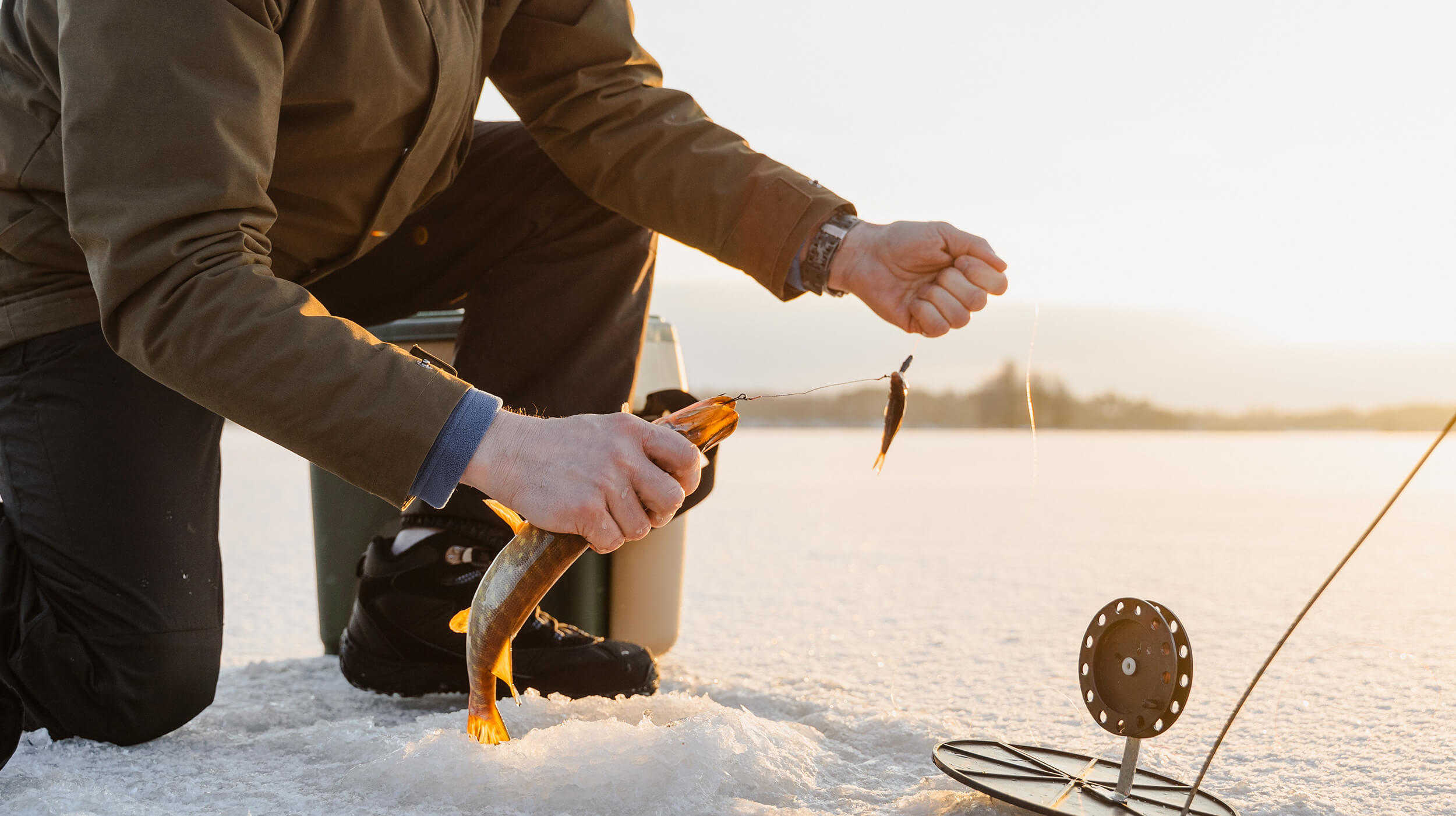
Fishing tips
And finally, according to tradition, a few quick tips from experienced anglers:
- Start with an even run through the free water . It is the easiest to design, suitable for both turntables and vibrators. Give preference to light spinning and the lightest lure – so you can return even from the first fishing trip with a “harvest” of perch and without much pain in the shoulder and arm.
- Do not skimp on the purchase of “non-hooks” . If you decide to hunt for a hardened predator in the places of its favorite ambushes (in thickets, snags, at the borders of bottom anomalies), get several non-hookable baits. They will not give full insurance against the loss of equipment, but the risks will be significantly reduced.
- Don’t get hung up . If the fish is not caught, change the bait, the style of the wiring , the horizon of work, the place of deployment – in short, do something. If, after all your tricks, the predator refuses to attack the bait, console yourself with the thought that experienced spinningists have empty days. Next time everything will definitely work out!
There is nothing more exciting than spinning for a predator. And do not believe those who claim that the spoon is morally outdated: with a skillful presentation, it can compete on an equal footing with the most sophisticated modern baits!

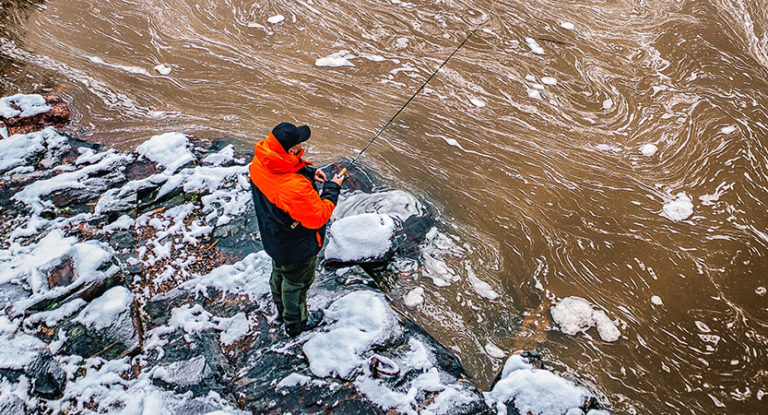
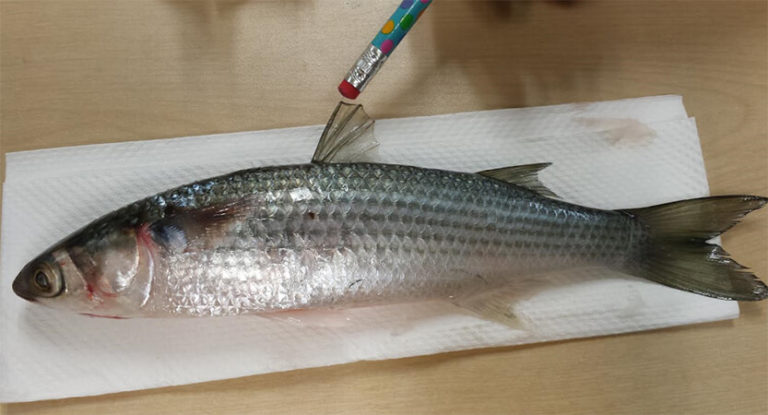
![The 9 Best Headlamps for Fishing in 2023 [Buyers Guide] 12 The 9 Best Headlamps for Fishing in 2023 [Buyers Guide]](https://trizily.com/wp-content/uploads/2022/03/best-fishing-headlamps-768x768.jpg)
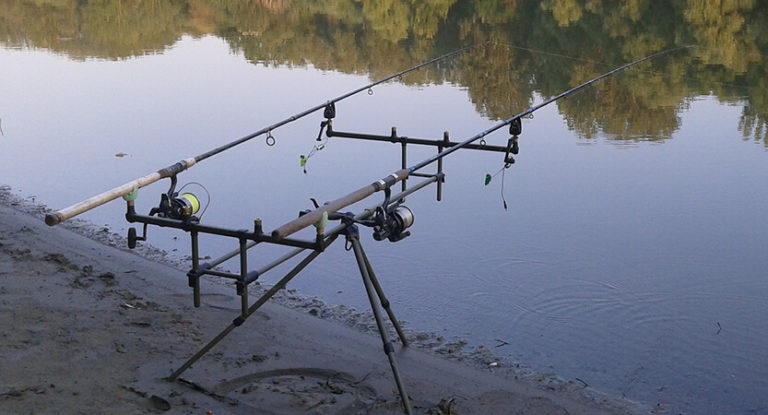
![The 10 Best Fishing Bobbers in 2023 [Tried & Tested] 23 The 10 Best Fishing Bobbers in 2023 [Tried & Tested]](https://trizily.com/wp-content/uploads/2022/03/best-fishing-bobbers-768x768.jpg)
![10 Best Braided Fishing Line [Comparisons and Reviews] 34 10 Best Braided Fishing Line [Comparisons and Reviews]](https://trizily.com/wp-content/uploads/2022/03/best-braided-fishing-lines-768x768.jpg)